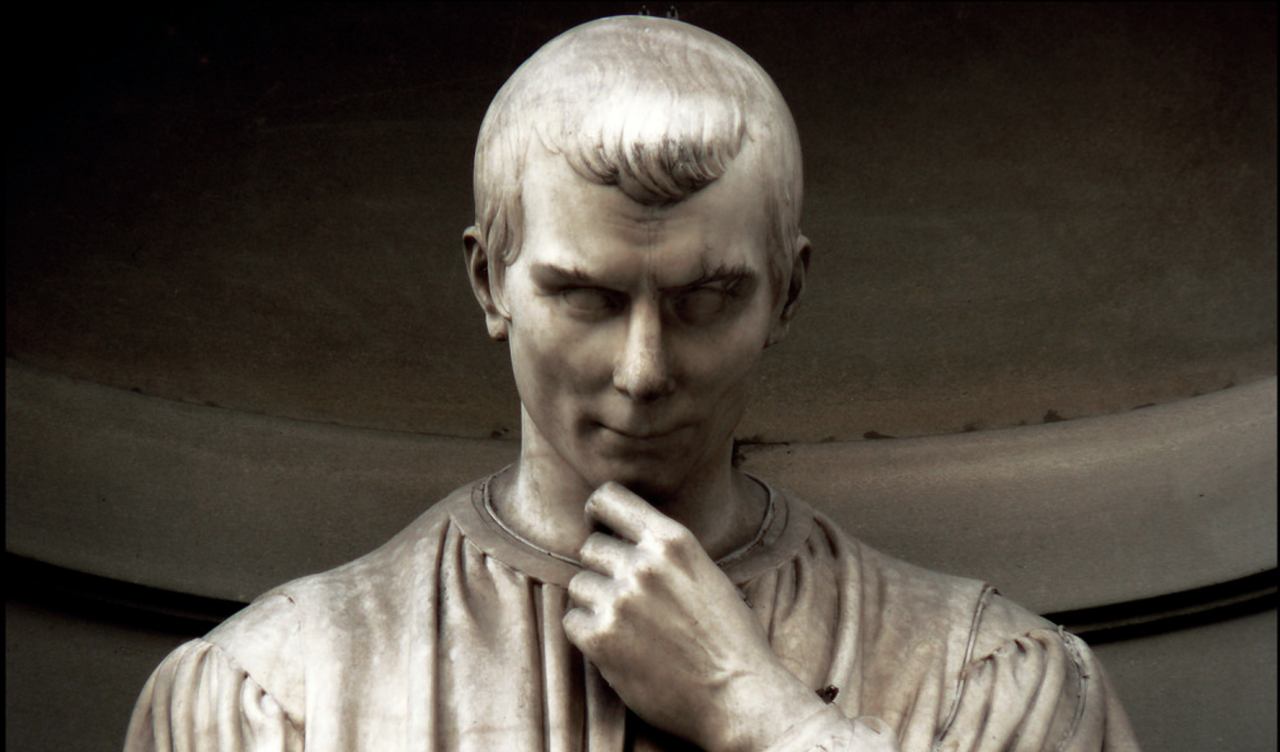And we’re back!
Not so much a “V-shaped” recovery as a positive dribble but up is up and we’ll take it – right? Euro Stoxx and the Dax have made V-shaped recoveries and are both at all-time highs, as is the Nikkei and Japan, with a $5Tn GDP is $12.8Tn in debt (260% of GDP) and, if no one cares about that – then we have a greenlight to run up $62.5Tn in debt while we still party on – and that’s a good thing because we’ll be at $62.5Tn in debt in about 10 years.
Fortunately, the World is ending (sorry kids), so we’ll never have to pay it back and THAT is why we keep electing really old people to run the Government – they tend to care a lot less about what will happen in 2050 than young people do. Look how much trouble the youth squad makes in Congress – we don’t want to be told to act responsibly when we only have a few years left to party…
Heck, Trump’s biggest supporters are the Evangelists and they are LITERALLY preparing for the end of the World and Trump is the guy who’s supposed to usher it in!
 Delving into the esoteric/apocalyptic visions of the Seven Mountains Mandate, it’s hard not to feel like we’re reading the script of a B-movie, yet here we are, discussing it in the context of real-world politics and economic strategies. The notion that a group is aiming to influence the seven pillars of society; Religion, Politics, Education, Family, Business, Arts & Entertainment and Media is both ambitious and, frankly, a bit unnerving.
Delving into the esoteric/apocalyptic visions of the Seven Mountains Mandate, it’s hard not to feel like we’re reading the script of a B-movie, yet here we are, discussing it in the context of real-world politics and economic strategies. The notion that a group is aiming to influence the seven pillars of society; Religion, Politics, Education, Family, Business, Arts & Entertainment and Media is both ambitious and, frankly, a bit unnerving.
The strategic marketing tool, as André Gagné puts it, is a fascinating study in the power of narrative and the mobilization of masses. It’s a reminder that in the world of finance and politics, perception often trumps reality, and narratives can become self-fulfilling prophecies. The Seven Mountains Mandate, with its roots in Dominionism and its branches reaching into every aspect of culture, is a testament to the power of a compelling story, even if that story reads like a cross between a conspiracy theory and a fantasy novel.
 The involvement of figures like Paula White-Cain and Lance Wallnau in mainstream politics, advocating for spiritual warfare and a Christian takeover, is a plot twist that would have seemed far-fetched a few decades ago. Yet, here we are, witnessing the blending of spiritual beliefs with political ambition in a way that would make Machiavelli raise an eyebrow.
The involvement of figures like Paula White-Cain and Lance Wallnau in mainstream politics, advocating for spiritual warfare and a Christian takeover, is a plot twist that would have seemed far-fetched a few decades ago. Yet, here we are, witnessing the blending of spiritual beliefs with political ambition in a way that would make Machiavelli raise an eyebrow.
It’s a stark reminder that in the markets, as in politics, the undercurrents of belief and perception can move mountains, or at least attempt to. The rise of such movements, with their apocalyptic overtones and their aim to reshape society according to a specific worldview, is a wild card that investors and analysts must now consider. It’s as if the market’s invisible hand has been joined by a spectral fist, attempting to punch through the fabric of reality to mold it into a new shape.
The challenge is not just to predict market movements but to understand the underlying narratives that drive those movements, no matter how outlandish or surreal they may seem. In this game of thrones and dominions, the most important skill may not be the ability to predict the future, but the ability to discern the real from the surreal, the economic from the apocalyptic.







